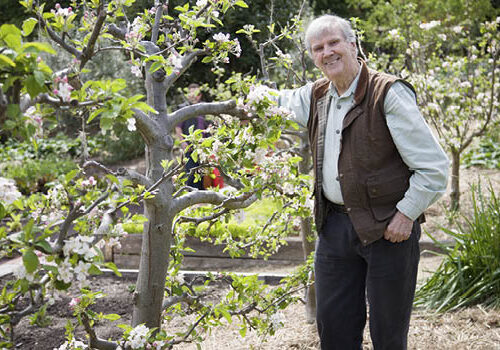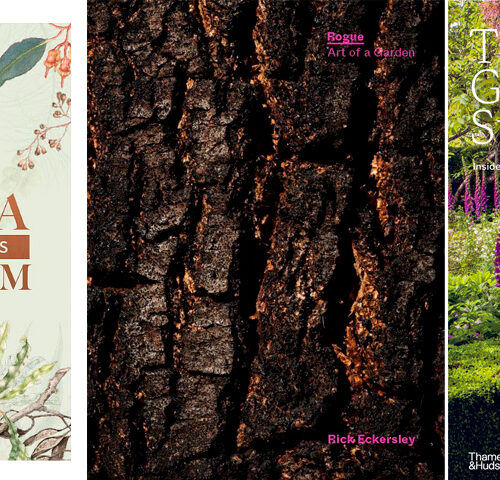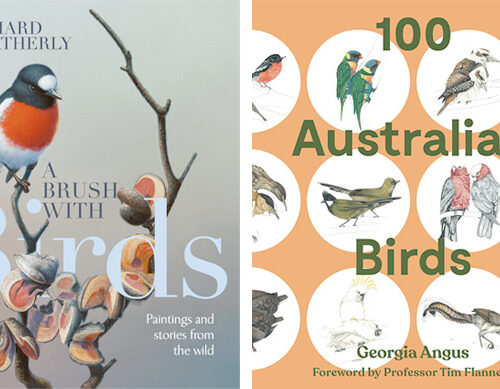Spiders are special
2018-07-13T07:22:39+10:00
Look after your spiders says Penny Woodward, the vast majority are harmless and all are beneficial.
Last week I gave a talk about herbs to a local Probus group and was chatting about the importance of beneficial insects when a gentleman in the audience asked me which insect I thought was the most important beneficial. He suggested ladybird beetles, or hover flies, or lacewings which are all really amazing critters, but for me the standout insect predator in our gardens are the spiders. And yes I know spiders are not insects (in fact they’re more closely related to horseshoe crabs than insects), they are arachnids and have eight legs instead of the six that most insects have.
Spiders are generalist predators and really essential to a well-functioning environment. Whether it’s your garden, or your house or somewhere further afield, don’t kill them and don’t destroy their webs or tunnels or egg masses. The vast majority of spiders are harmless and all are beneficial. For example, if you’ve got huntsmen and daddy-long-legs inside your house then you probably won’t have silverfish.
In the garden they weave webs to catch insects or wait in disguise to catch their prey, one of the best of these is the Australian Lichen spider, almost impossible to see on a lichen-covered tree trunk. It’s estimated that there could be as many as 20,000 different spider species in Australia, but only about 4000 have been identified. Fotunately we now have a really excellent book on Australian spiders, A Field Guide to Spiders of Australia by Robert Whyte and Greg Anderson. It was published by CSIRO Publishing in 2017. With an extraordinary 1300 photos of these amazing creatures, this fabulous and unique book was more than 10 years in the making. I have loved owning it and it has really helped me to get to know these arachnids much better. The diversity is extraordinary: from the beautiful Peacock and Christmas Jewel spiders, through Orb weavers, Money spiders, prowling, jumping, fishing, crab and huntsmen spiders as well as mimic spiders that work hard to look like bird poo, flowers, ants and beetles. The main picture on the front cover is of the Ogre-faced net-casting spider with huge eyes, the retina of which they regrow every night. They catch their prey by weaving a web between their front legs and then throwing it out to catch their prey.
Another interesting group of spiders, are the tiny Linyphiid spiders, many of these can balloon or kite on airborne silk, even as adults. It was always believed that they needed air movement to enable them to take off, but recent research in the scientific journal Current Biology suggests that naturally occurring electrostatic fields may trigger ballooning behaviours by these spiders. With so much still to learn about spiders, and so many still not identified in Australia, we should all be heading out, this book in hand, to look more closely at our spiders. They are such are an essential part of our gardens and the wider environment that we need to nurture and encourage them rather than squash them.

.jpg)




